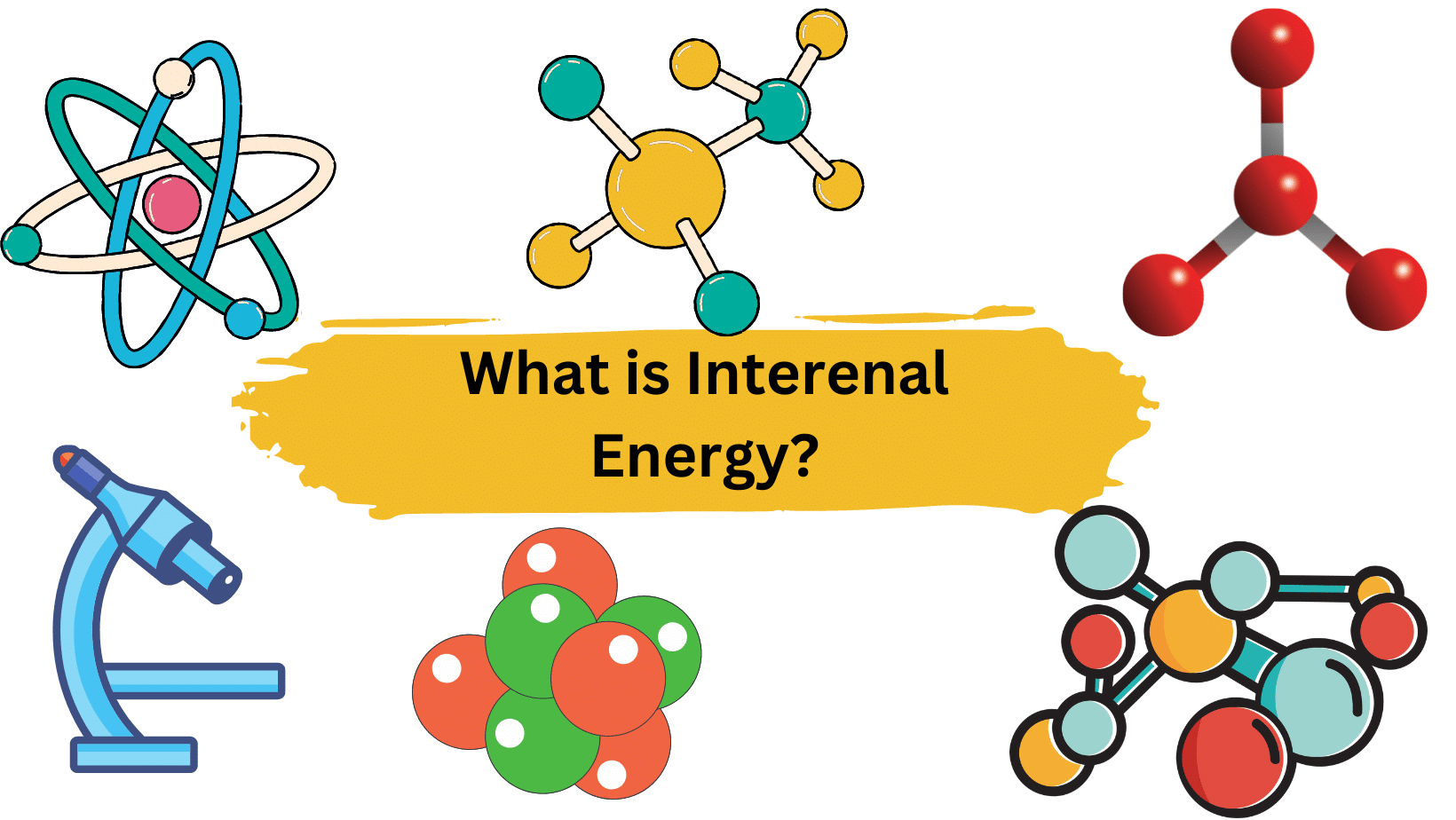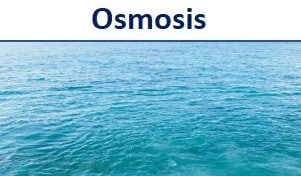The term “volatile” refers to a substance’s ability to evaporate in chemistry. Solvents and paint are volatile substances, for example, are more easily converted to gas at a given temperature (or room temperature).
Furthermore, a substance’s volatility is directly related to its vapor pressure or the pressure at which its gaseous and liquid phases are in equilibrium. It is, more particularly, the tendency of molecules to escape from a liquid’s surface. As a result, the lower the vapor pressure of a material, the more volatile it is.
Table of Contents
Volatile Substances
Volatile substances are those that have a high capacity for vaporization. They have substantially fewer intermolecular interactions and, as a result, may readily be converted to the vapor phase. In addition, they have lower boiling temperatures and greater vapor pressures. The majority of organic substances are volatile.
Volatile substances can be quickly separated using distillation or rotary evaporators by applying only a little amount of heat. The bulk of them evaporates when exposed to normal-temperature air. Because of the low intermolecular forces, this is the case.
Examples of Volatile Substances
Organic volatile substances can accumulate in the environment and enter our bodies via breathing. Chronic exposure to these substances can have negative consequences. Furthermore, these have a negative impact on the environment, such as global warming and ozone layer depletion.
Related Links
Heat Flux-An Overview
Thermite Welding- An Overview
Power Units- The Basics
Thermal Energy Equation- Simple Overview
Momentum Equation| Definition and Examples
Static Pressure| Definition, Meaning, and Examples
Summary
- A substance is said to be volatile if it boils at a low temperature, changing from the liquid to the gas phase.
- volatile compounds combust more readily and spontaneously than less volatile compounds.
- A volatile substance that transforms into a gaseous phase directly from the solid phase through sublimation is also considered volatile.
Frequently Asked Questions (FAQs)
1. What is sulfur electronic configuration?
Sulfur electronic configuration is 1s2 2s2 2p6 3s2 3p4
2. What is CLF3 molecular geometry?
ClF3 has a T-shaped molecular geometry and trigonal bipyramidal electron geometry. This molecule has two lone pairs and three bound pairs, according to the ClF3 Lewis structure. ClF3 is a polar compound.
3. Why is flaring necessary?
Flaring is a method of disposing of flammable materials, mostly methane, as well as reducing odor irritants, health concerns, and negative environmental effects.
4. What are ionic compounds?
Ionic compounds are formed by a process known as electron transfer, in which one atom transfers electrons to another. An atom of one element loses one or more electrons during electron transfer, and an atom of another element gains those electrons. Both atoms are involved in the electron transfer from ions.
5. What is convection in the atmosphere?
Convection in the atmosphere is frequently seen in our weather system. As the sun heats the Earth’s surface, the air above it warms and rises. If the conditions are favorable, this air can continue to rise, cooling and producing Cumulus clouds.
6. Molar mass of methanol?
The molar mass of methanol is 32.04 g/mol. The methanol formula is CH3OH and it is also known as methyl alcohol, wood alcohol, or wood spirit.
7. What is the combustion process?
Combustion is a chemical process in which heat and light are produced. The most common sort of combustion is fire.
8. What is a volatile substance?
The term “volatile” refers to compounds with a high evaporation capability. They have fewer intermolecular interactions and, as a result, may be transferred to the vapor phase quickly. They also have higher vapor pressures and lower boiling temperatures.
9. What is liquid nitrogen used for?
Liquid nitrogen, with a boiling point of -196 degrees Celsius, is used for a number of purposes, including computer cooling, medicine to remove undesirable skin, warts, and pre-cancerous cells, and cryogenics.
10. Why is it called gauge pressure?
The phrase gauge pressure is used when the pressure in the system exceeds the local atmospheric pressure. The gauge pressure scale was developed because nearly all pressure gauges read zero when exposed to the environment.
11. How many valence electrons does sodium have?
Sodium, like all other alkali metals in group 1, has a single valence electron. Valence electrons are the outermost electrons from the nucleus and are involved in bonding. Check details at “Sodium valence electrons”.
More Links
Absolute Alcohol| Definition, and Formula
Thermodynamics|Definition, and Examples
Enthalpy Definition| Chemistry
London Dispersion Force| Definition and Examples
Photosynthesis| Definition, and Process
- BCl3 Lewis Structure in four simple steps - November 1, 2023
- PH3 Lewis Structure in four simple steps - October 8, 2023
- PF3 Lewis structure in four simple steps - September 24, 2023



